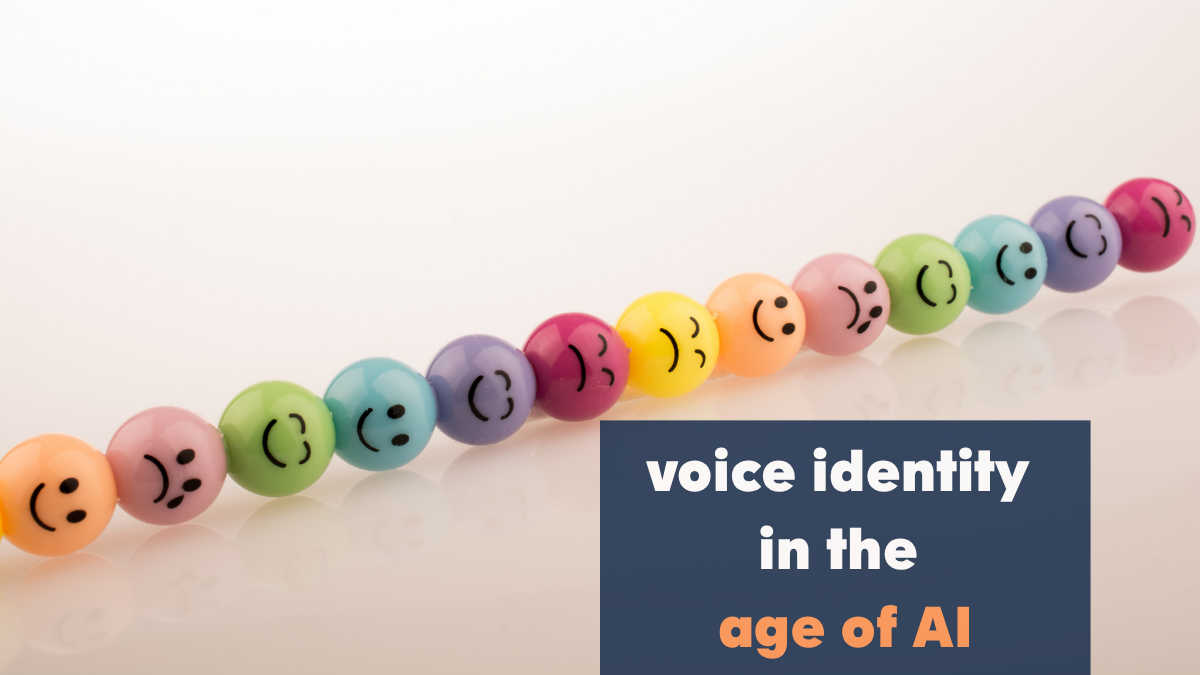AAC is a tool that can fill every season with meaning and joy. Especially around the spookiest time of the year, AAC can be the perfect partner in crime to get up to all sorts of ghoulish fun! In this blog we look at different ways in which we can set the foundation for communicators to achieve AAC success.
We have made this resource more practical to use by organizing the ideas into “Must Haves” and a “Wishlist”. Hope this helps you take the guesswork out of communication prep this Halloween 🙂


A Strong Foundation = Greater AAC Success
As we get ready for Halloween, it’s easy to focus on the costumes, the candy, and the spooky fun. But for AAC learners, participating in these celebrations can be an important opportunity to communicate, express themselves, and engage with the world around them. In the spirit of setting realistic expectations and making sure everyone can join the fun, let’s talk about the idea of “Must-Haves” and “Wish-List” tools for AAC learners during this Halloween season. These ideas will ensure that setting a strong foundation for AAC success is a breeze.
Prioritizing Communication: The Must-Haves for AAC Success
When we dive into any activity, it’s easy to want to accomplish a lot. We may wish for AAC users to initiate conversations, express excitement, or even narrate their Halloween experiences. But let’s take a step back and think about the core priority: communication participation. We want to make sure that AAC learners can enjoy the experience without feeling overwhelmed.
Here are the Must-Have tools & strategies for ensuring AAC learners get the most out of Halloween:
1. Core Vocabulary: Make sure AAC users have access to core words that will allow them to participate in trick-or-treating. Phrases like “Trick or Treat,” “Thank you,” “More,” and “Yes/No” should be easily accessible on their devices. These core words form the foundation for communication during Halloween festivities.
2. Simplified Choices: If learners are picking out costumes, make the task simple by offering a clear set of options. Too many choices can overwhelm learners. Stick to straightforward communication about what’s most essential: colors, characters, and preferences.
3. Modeling Communication: AAC users need examples to learn. For every interaction, try speaking AAC—whether that’s using their devices to model communication or practicing simple phrases like “I want candy!” before heading out for trick-or-treating.
4. Physical Accessibility: Make sure that AAC tools—whether it’s a device, a lanyard with phrases, or even an AAC bracelet—are physically accessible. For instance, bulky costumes could interfere with using a device. Plan ahead so that learners can easily access their communication tools.
5. Opportunities for Success: Repetition and reinforcement are key. Offer plenty of chances for AAC users to communicate during the night: answering “Do you want more candy?” or “Is this your favorite?” The more they engage with the vocabulary, the more confident they’ll feel.
Balancing Expectations: The Wish-List
Of course, we all have a “Wish-List” of things we’d like to achieve. Maybe we hope that our AAC learner will initiate interactions or expand their vocabulary by describing their costume in detail. But Halloween is already filled with excitement, distractions, and sensory overload. It’s important to be realistic about what we can expect.
Here’s what we’d put on the Wish-List:
1. Advanced Vocabulary: We’d love for learners to describe their costumes with more complexity—using adjectives like “scary” or “funny.” But for many, simply saying “ghost” or “witch” might be enough this year. Don’t push too hard; let learners engage at their own pace.
2. Social Interaction: It’s tempting to wish for AAC learners to engage with peers or initiate conversations with trick-or-treaters. However, the priority is making sure they feel included. If they’re able to say “Trick or Treat” and “Thank you,” they’re already part of the fun. More social engagement can come with time.
3. Perfect Navigation: Navigating an AAC device can be tricky in any setting, and it’s easy to wish for quick, smooth responses during a busy night. But Halloween is about fun, not perfection. Give learners grace and make sure motor demands are low so they can focus on communication.
Conclusion
Halloween is a special time, and with the right Must-Haves, AAC learners can enjoy every bit of it. From core vocabulary to easy-to-access tools, the focus should always be on making communication fun and achievable. While we might have a Wish-List of skills and interactions, remember that participation and enjoyment are the most important goals.
By balancing priorities and reducing the pressure to “do it all,” we create an environment where AAC learners feel successful—and that’s the most important treat of all!
Are you looking for some more Halloween related AAC resources? Here are some Tips for Planning a Stress Free Halloween for Children with Complex Needs. You can also check out these ideas Fun AAC Activities for Halloween 🙂
Happy Halloween!



